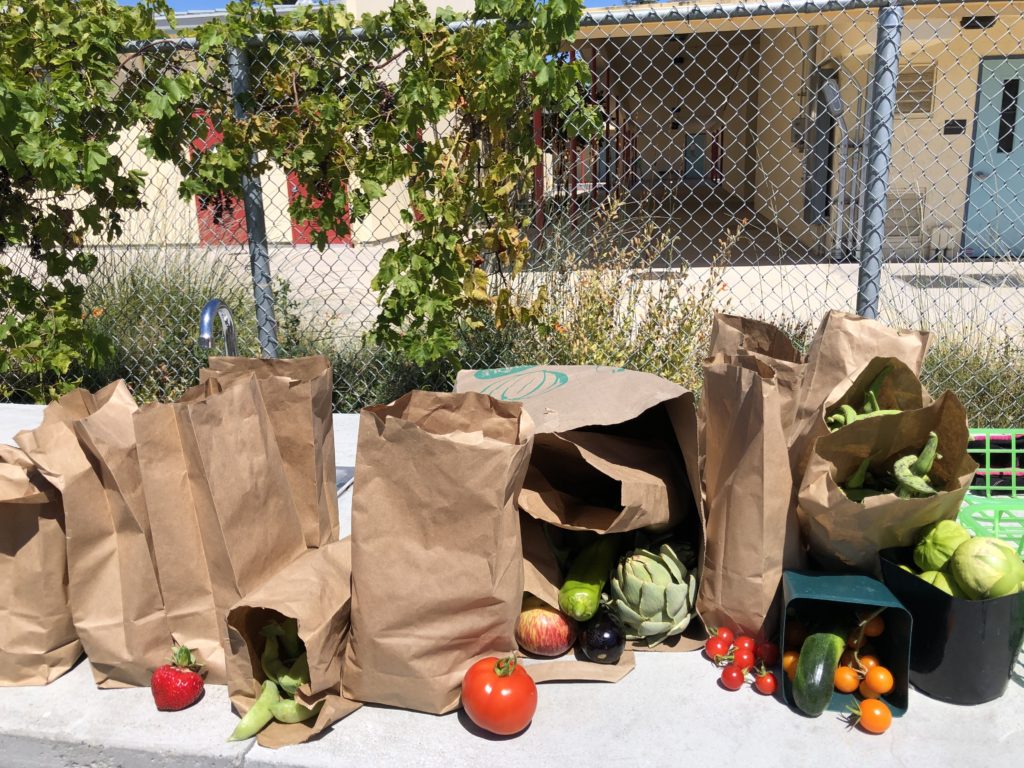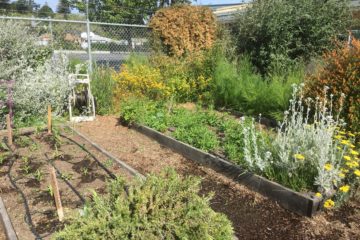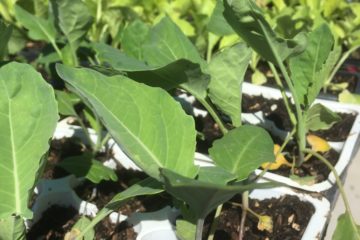Written by Kaisa Sherwood, Education & Curriculum Intern
A time of community and connection, the holiday season is a joyous period for many. However, while the holidays can be full of bonding—especially through food– it is also a time where excess meal portions are often highly discarded. Therefore, this Thanksgiving it is important to be conscious of how food waste can be reduced.
For context, in the United States, food waste occurs at an exceedingly high rate outside of the holiday season. Yet, according to the Ecology Center, there is around a 25% increase in food waste between Thanksgiving and New Years. Such an increase adds to one million tons of extra waste per week during the holiday season! (Kvaroy, 2020). Additionally, during Thanksgiving week itself, Americans are estimated to waste 200 million pounds of turkey, 30 million pounds of gravy, and 14 million of dinner rolls (Hicks 2021). That’s a lot of food wasted during a short amount of time!
Such waste poses a large global issue–not only does it drive human-related emissions, but food which could potentially be shared with local communities is discarded. However, through food waste reduction, and a redirection of surplus food to people, energy systems, and animals, there is immense potential to further aid the fight for climate justice. Specific benefits include a reduction in methane emissions produced from landfills, increased conservation of resources, funds, and energy, a decrease in pollution produced through steps of the food system, and the uplifting of communities through food distribution (EPA, 2020).

In order to best work toward these benefits, it is important for individuals and communities to be conscious about their own choices, especially during the holiday season. Below are some tips which can aid in reducing potential waste during Thanksgiving and the rest of the holiday season:
- Plan for leftovers. If there is inevitable extra food, find ways to store and serve such! Excess food can often be frozen and eaten later. For example, extra turkey or vegetables may be used in a soup during the winter, or used in a casserole later in the week.
- Donate extra food. Not only is food waste an environmental problem, it is greatly tied to food insecurity, which is a large social issue. Excess quality food can be donated to local food banks, in order to help fight food insecurity in local communities. Additionally, volunteering at organizations such as Each Green Corner is an amazing way to ensure food is distributed to as many people as possible during the holiday season.
- Make a plan for meals and grocery shopping. Rather than going grocery shopping during the holiday season without a plan, consider writing down the foods which are needed. Making a list is most helpful after taking inventory of the ingredients already within refrigerators, freezers, pantries, and cupboards. On a similar note, a great way to reduce food waste while additionally saving money is to incorporate foods already bought into holiday meals. For example, frozen vegetables such as carrots or peas can be used to create a shepherd’s pie!
- Prepare “just enough” food for holiday meals. Although it can sometimes be difficult to estimate how much food is enough for a Thanksgiving meal when serving many people, try to prepare food which will be sufficient for the amount of guests being served.
- Encourage guests to take leftovers home. To be even more prepared, include tupperware and written notes or labels, in order to allow guests to easily take and consume excess food.
- Use all purchased food. When cooking a meal, use as much of the product as possible. For example, when preparing a turkey, cook and serve as much of the poultry as is feasible. If the resulting product is too much to serve to guests, consider storing it for later, or combine the leftovers into another dish.
- Compost excess food when possible. Food remains such as fruit and vegetable scraps are great for supporting the health of plants in personal or community gardens (Milbrath, 2020).
Being conscious about the food purchased, cooked, and eaten is a great way to reduce food waste during the holiday season. Discussing how food was engaged with during the season among friends, family, and other guests is also an amazing way to spread knowledge about food insecurity and waste!
Resources
EPA. (2020, November 25). EPA encourages Americans to avoid food waste over the holidays. United States Environmental Protection Act. https://www.epa.gov/newsreleases/epa-encourages-americans-avoid-food-waste-over-holidays
Fair, D. (2018, November 22). Issues of the environment: Prevent food-waste during the holidays and beyond. WEMU. https://www.wemu.org/issues-of-the-environment/2018-11-21/issues-of-the-environment-prevent-food-waste-during-the-holidays-and-beyond
Hicks, J. (2021, December 22). Fight climate change by eating your leftovers this holiday season. The Verge. https://www.theverge.com/22846816/food-waste-holidays-climate-change-christmas-dinner
How to prevent food waste during the Holidays. Kvaroy Arctic. (n.d.). https://www.kvaroyarctic.com/how-to-prevent-food-waste-during-the-holidays#:~:text=Leftover%20holiday%20food%20and%20food,21%25%20of%20that%20is%20food.
Milbrath, S. (2020, December 11). 7 holiday food waste tips to be mindful of this season: Second harvest. Second Harvest Blog. https://blog.secondharvest.ca/2020/12/10/7-holiday-food-waste-tips-to-be-mindful-of-this-season/



0 Comments